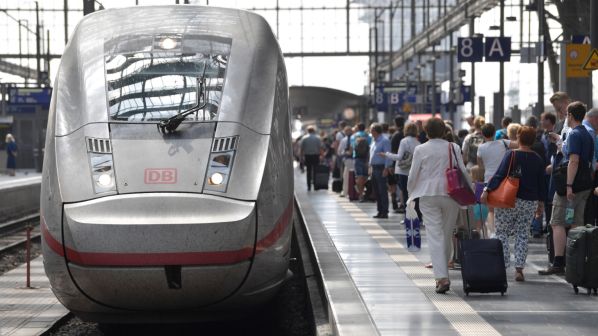In its ‘Strong Rail’ strategy, released in June, DB aims to double the number of long-distance passengers to 260 million and add an additional one billion passengers to its local networks, and says it sees far-reaching potential for predictive systems such as those offered by Teralytics.
The technology will enable DB to analyse where demand is highest and where capacity is most needed, allowing it to align services more closely with demand.
The system will also be useful during disruptions, says Dr Sabina Jeschke, DB board member for digitalisation and technology.
“If a train stops in front of a fallen tree today, we do not know how many passengers are sitting in it, and it is unknown which destinations these passengers are heading to,” Jeschke says. “Relationship-based big data analysis in conjunction with artificial intelligence, on the other hand, allows us to make targeted decisions to tailor the scheduling of trains or replacement services to customers’ needs in the event of a breakdown.”
“Using aggregated and anonymised mobile data, we can see how travellers are moving and what means of transport they use,” says Teralytics CEO, Mr Alastair MacLeod. “If, in this way, we can work together with DB to strengthen the climate-friendly railways, it shows that this data also has a social value.”
Teralytics was founded in 2012 as part of ETH Zürich, and currently has 56 employees.

